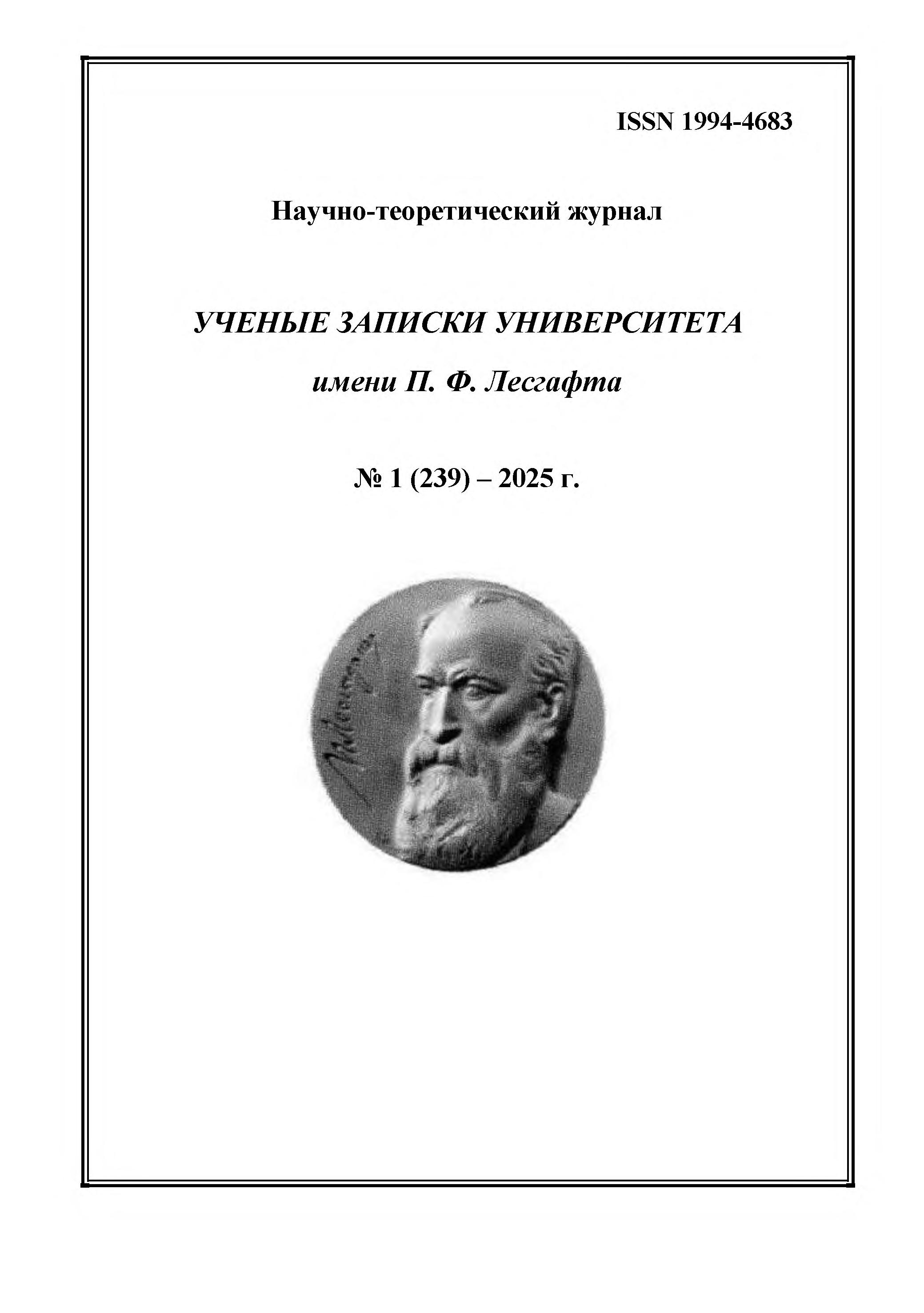Russian Federation
employee from 01.01.1996 until now
CSCSTI 77.29
The purpose of the study is to investigate the potential for altering the physical fitness indicators of hammer throwers when performing rotational motor actions in training under conditions of vertical elastic connection (VEC). Research methods and organization. High-speed spatial video cyclography, dynamography, pedagogical experiments, and methods of mathematical statistics were used. The research was conducted in China over a period of 4 months with hammer throwers predominantly of the 2nd sports category. Research results and conclusions. It has been demonstrated that it is possible to achieve targeted changes in the physical fitness indicators of athletes, particularly in the preferential development of speed and speed-strength qualities in throwers, with a predominant increase in speed-strength indicators. In attempts to throw the hammer, shortly after training sessions involving vertical elastic connection, it was shown that the release speed of the hammer significantly increased, the angular velocity of the hammer's rotation increased, while the angle of release of the hammer remained unchanged.
athletics, hammer throw, vertical elastic connection, physical training, instantaneous speed of the hammer, angular velocity of rotation
1. Bondarev A. V. (1988), “Efficiency of Methodological Techniques for Artificial Restructuring of Push-Off Conditions in Long Jumps”, Abstract of Cand. Ped. Sci. (PhD) Diss., Moscow, 24 p.
2. Gostev E. N., Suchilin N. G. (1981), “Adaptive-Type Training Machines in Technical Training”, Gymnastics, Issue 1, pp. 47–54.
3. Grets G. N. (1993), “Methodological Techniques for Restoring Human Motor Function Using Simulators Providing "Power Supplements" in the Process of Performing Movements”, Abstract of Cand. Sci. (PhD) Diss., Moscow, 25 p.
4. Dobrovolsky S. S. (1995), “Theory and methodological prospects for programming motor actions of sprint running in a controlled artificial environment”, Abstract of a PhD diss., Moscow, 49 p.
5. Evseev S. P. (1991), “Mandatory simulators”, GDOIFK im. P.F. named after P.F. Lesgaft, St. Petersburg, 127 p.
6. Zhumaeva A. V. (2001), “Conjugate technical and physical improvement of qualified long jumpers using local weights”, Abstract of a PhD diss., Moscow, 24 p.
7. Markaryan V. S., Popov G. I., Malkhasyan E. A. (2013), “Magnetic stimulation of the muscles of long jumpers”, Theory and practice of applied and extreme sports, No. 2 (27), pp. 9–12.
8. Ostrovsky M. V. (2004), “Investigation of the influx of changes in the external force field on hourly characteristics in athletics throws”, Current problems of physical culture and sports, No. 1(2), pp. 85–88.
9. Popov G. I., Malkhasyan E. A., Markaryan V. S. (2015), “Specificity of magnetic stimulation depending on sports specialization”, Human physiology, v. 41, No 3, pp. 90–97.
10. Popov G. I. (2022), “Management of formation and improvement of motor actions of athletes”, monograph, Moscow, Triumph, 400 p.
11. Ratov I. P., Popov G. I., Loginov A. A., Shmonin B. V. (2007), “Biomechanical technologies for training athletes”, Monograph, Moscow, Physical Education and Sport, 120 p.
12. Rezinkin V. V. (2001), “Speed-strength training in combat sports using local weights”, abstract ... cand. ped. sciences, 13.00.04, Moscow, 24 p.
13. Svechkarev V. G. (2008), “Improving human motor capabilities through automated control systems”, Maikop, 59 p.
14. Stuart D. G., Enoka R. M. (1983), “Motoneurons, motor units and size principle”, The clinical newsciences, R. N. Rosenberg, Ed., New York, pp. V.471–V.517.
15. Popov G. I., Sun Haimin (2024), “The result of the impact of a vertical elastic connection on the parameters of motor actions of hammer throwers”, Extreme human activity, No. 1-2 (67-68), pp. 113–118.







